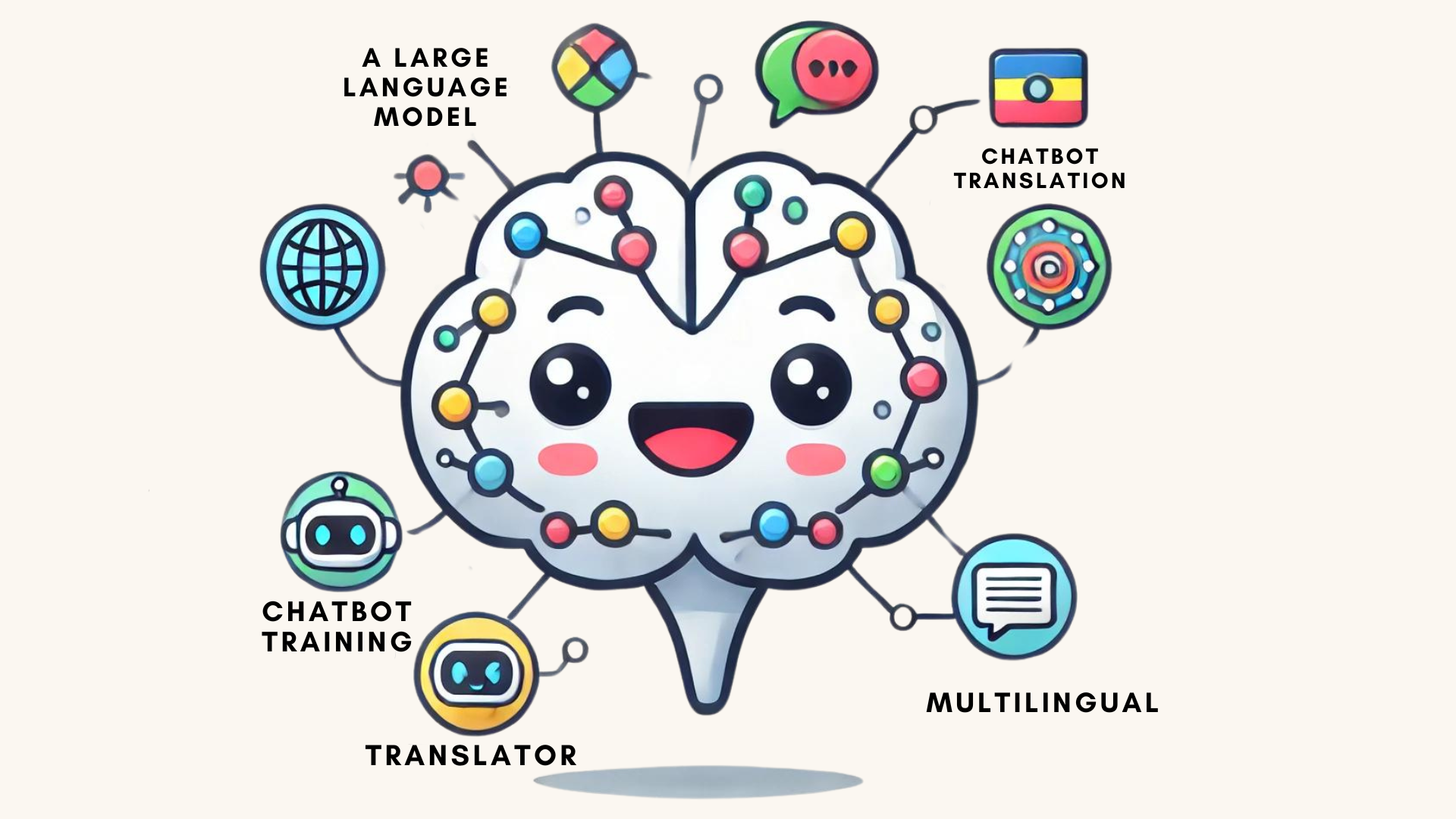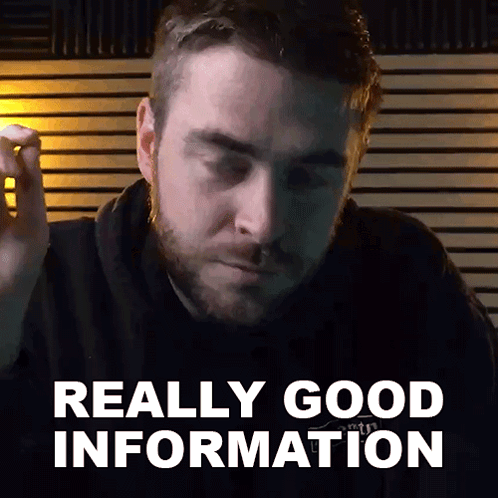Are Large Language Models Your New Best Friends?
Explore Large Language Models (LLMs): AI systems that understand and generate human-like text. Learn how these models work and their impact.

Imagine having a super-smart robot friend who can read, write, and talk just like a human. That's kind of what Large Language Models (LLMs) are! These cool AI systems are like giant brains that can understand and create text that sounds just like us.
So let us break it down starting with "First thing first"....
What are LLMs?
Large Language Models (LLMs) are a type of artificial intelligence system designed to understand, process, and generate human-like text.
Why are they called "large"?
Well, these models are trained on tons of text - like reading millions of books and websites - and they have billions of "brain cells" (we call them parameters) to process all that info.
What Makes LLMs So Special?
They're Huge
Some LLMs have hundreds of billions of "brain cells"!
Data Training
From books to websites, they learn from all sorts of text. LLMs are trained on diverse text sources.
Versatility
LLMs can translate languages, summarize stories, answer questions, and more.
Generative Capabilities
Give them a start, and they can write stories, poems, or even jokes! They can produce human-like text based on given prompts or instructions.
And there are these popular ones out there that you might be using:
GPT (Generative Pre-trained Transformer): The chatty one from OpenAI
BERT (Bidirectional Encoder Representations from Transformers): Google's word-savvy model
T5 (Text-to-Text Transfer Transformer): Another smart cookie from Google
LaMDA (Language Model for Dialogue Applications): Google's conversation expert
Claude: Anthropic's friendly AI assistant

How Do LLMs Work?
LLMs use a special kind of AI called deep learning. To put it simply:
Learning
They read tons of text and learn patterns, like how words go together.
Predicting
When you give them part of a sentence, they try to guess what comes next.
Paying Attention
They have a cool "attention" trick that helps them focus on the important parts of what you're saying.
What can LLMs do?
LLMs have a wide range of applications, including:
- Chatbots and virtual assistants
- Content generation
- Language Translation
- Text summarization (AI summary generators)
- Sentiment analysis
- Code generation and analysis
Top 4 Challenges in LLM Development
Creating these digital brains isn't all fun and games. There are some challenges:
Bias
LLMs can reflect and amplify biases present in their training data.
Fact-checking
They can sometimes say things that sound right but aren't true.
Safety Concerns
There are concerns about the potential misuse of LLMs for generating misleading or harmful content.
Resource Intensity
Training these models takes a lot of computer power!
Why Do We Want Multilingual LLMs?
- To help people from different countries talk to each other easily
- To make sure everyone can use cool AI tech, no matter what language they speak
- To help us learn about and understand different cultures better
What Makes Multi-Language LLMs Tough to Build?
Not Enough Data
It's hard to find good training text for all languages.
Languages Are Different
Some languages work in very different ways from others.
Cultural Know-How
Languages have sayings and jokes that don't make sense in other cultures.
Word Puzzles
Breaking up words into smaller pieces works differently for each language.
Knowledge Sharing
Making sure what the LLM learns in one language helps it in others.
Moving forward…
Scientists are trying out some neat tricks to make better multi-language LLMs:
Zero-shot and Few-shot Learning
Teaching them to understand new languages with just a few examples
Modular Architectures
Building language-specific "brain parts" that work together
Improved Data Collection
Collecting more text in languages that don't have much digital content
Cross-lingual Alignment
Finding better ways to connect ideas across different languages
Let's embrace the tech that's bringing us closer, one language at a time. Who knows? Your next best friend might just be a friendly AI with a million stories to tell!

